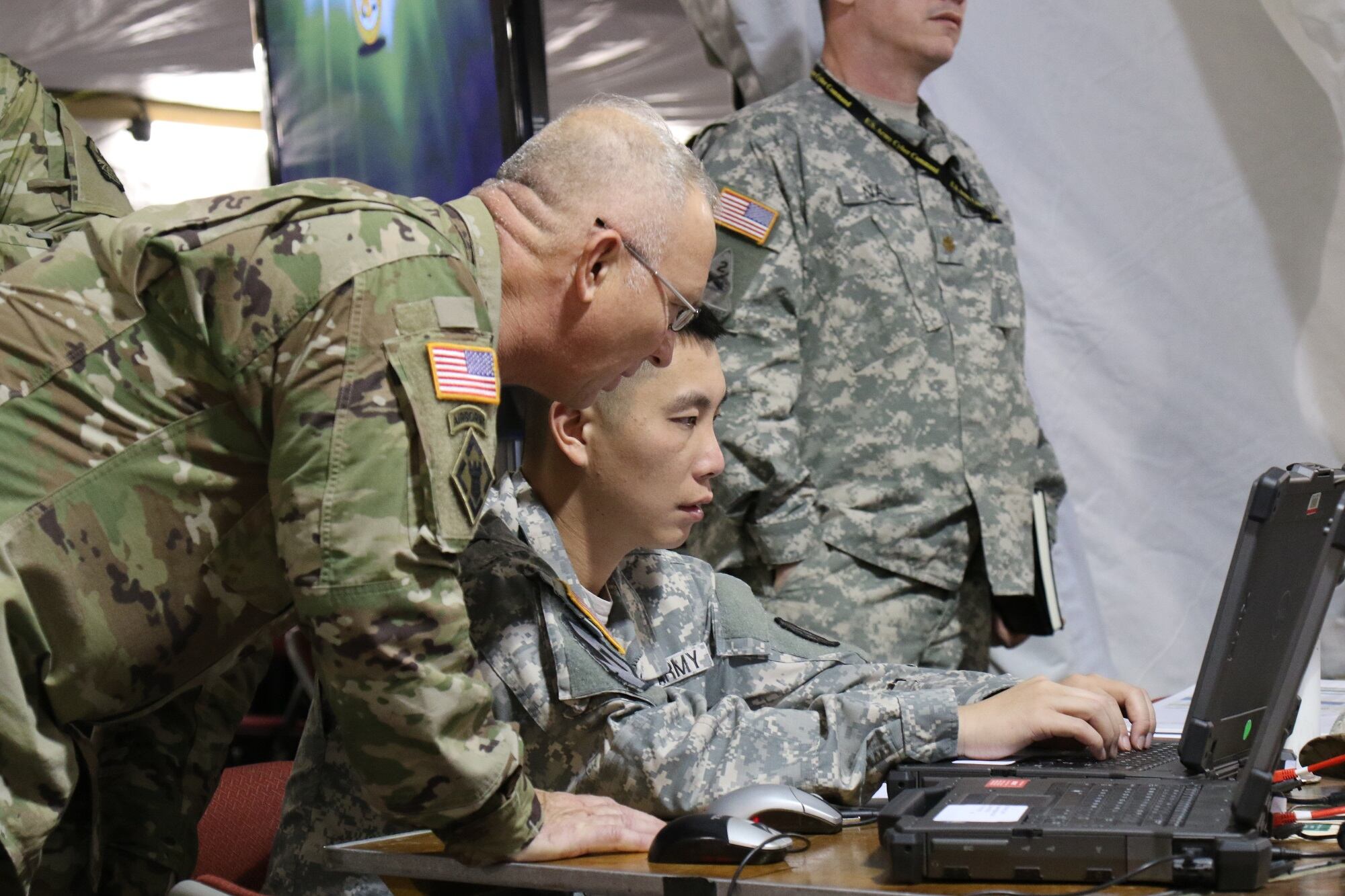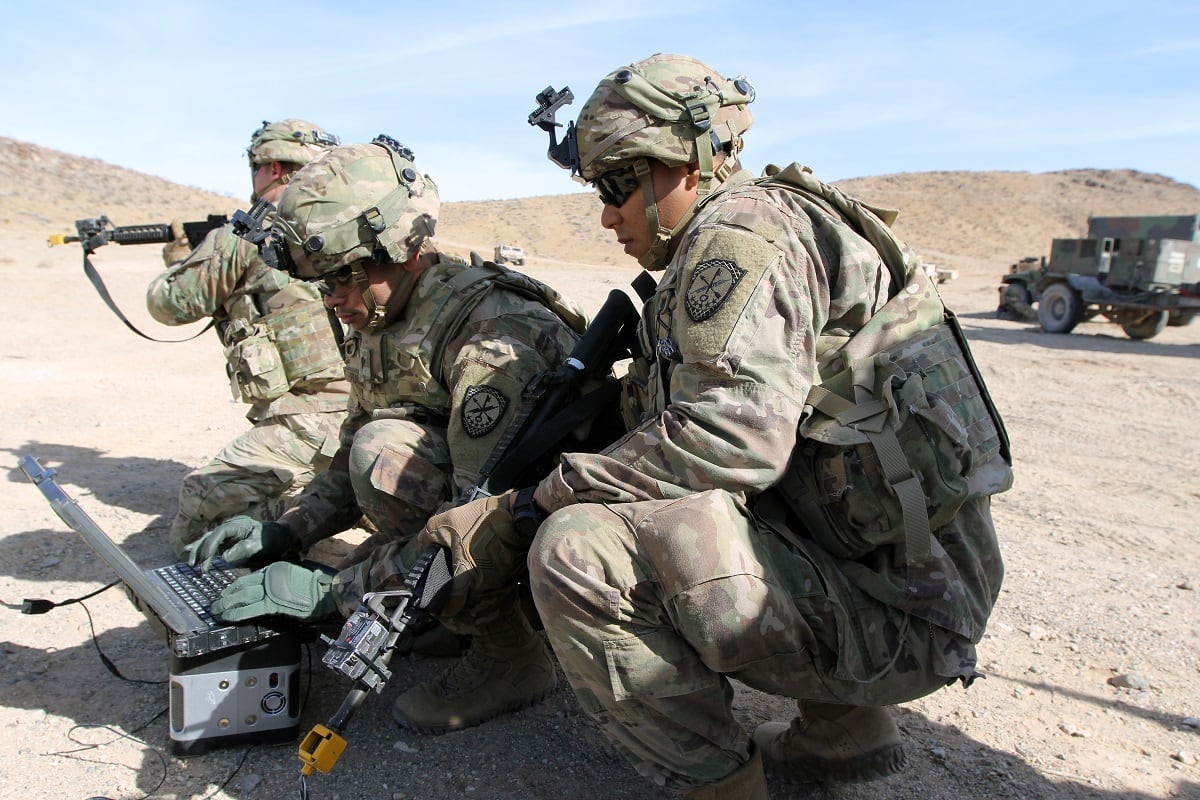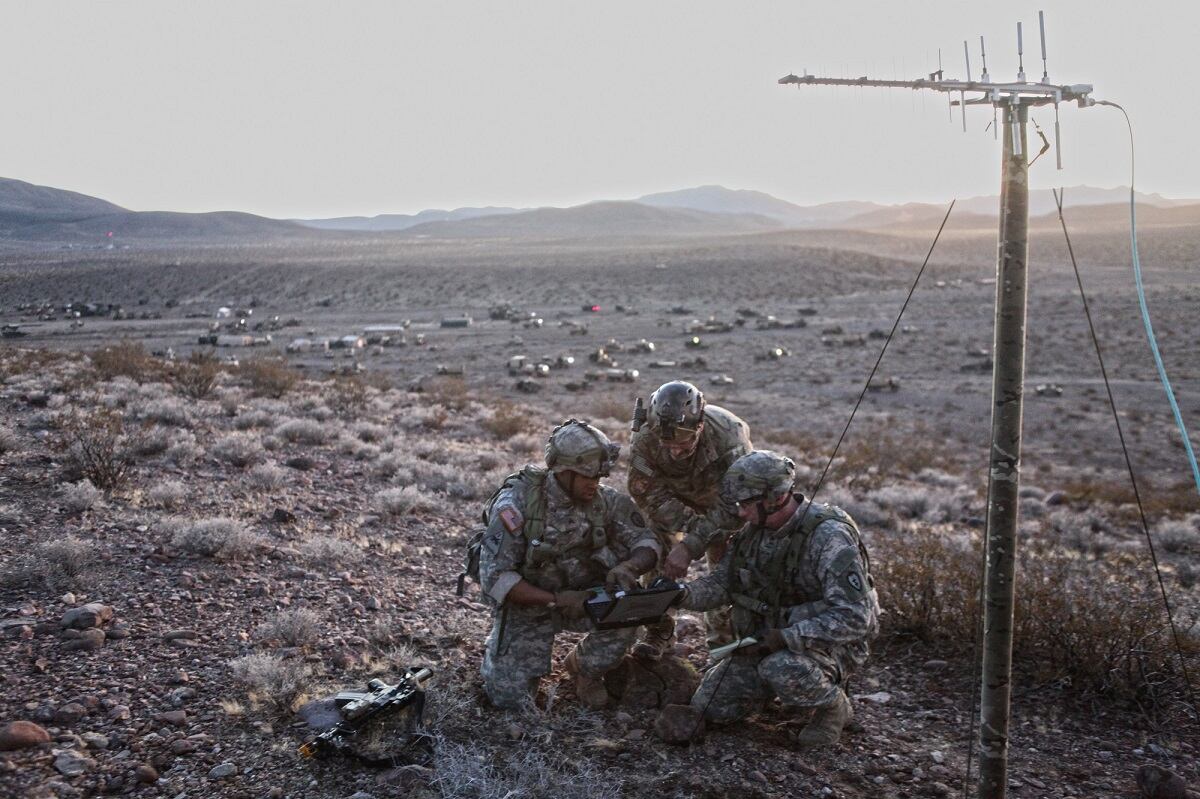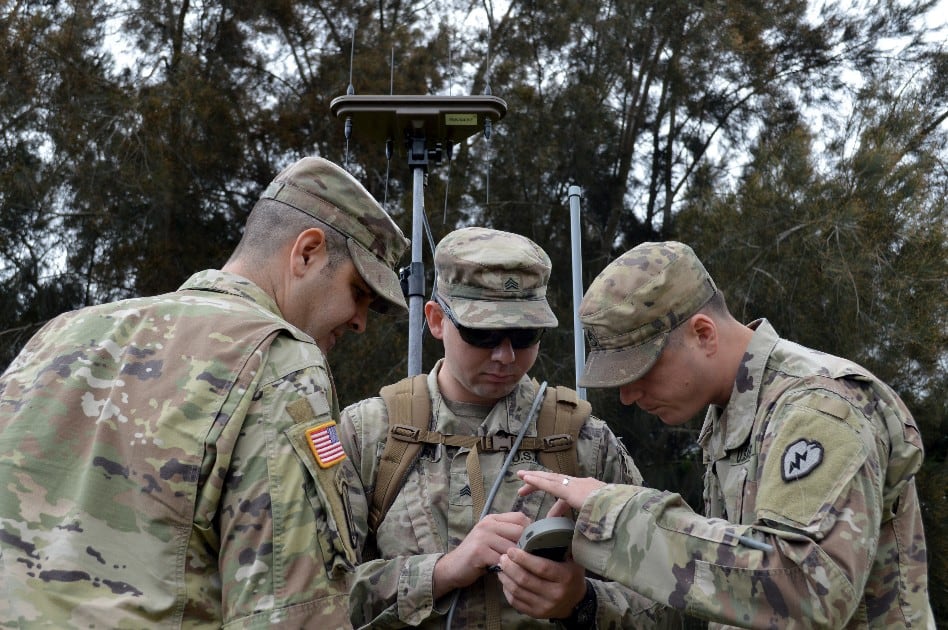The Army believes integration will be the key to winning in the high tech environments of the future, and to do so the service is building a force that will be well versed in cyber, electronic warfare, signal and information operations.
One of the Army’s first moves toward this end is the transition of electronic warfare officers into the cyber branch.
RELATED

“That’s important because it takes them out of being a functional area specialist into an operational branch,” Maj. Gen. John Morrison, commander of the Army Cyber Center of Excellence, told Fifth Domain during an August interview.
This staff will act as cyber planners providing commanders with options on the battlefield in cyber and electromagnetic spectrum.
RELATED

For cyber, this means everyone will have the same baseline training, but the high-end and most specialized forces will filter into the cyber mission force, U.S. Cyber Command’s forces of action.
“You’re going to have a tactical cyber force that can also conduct electronic warfare to include electronic attack and then you’re going to have the cyber mission force,” Morrison said.
RELATED

Electronic warfare personnel transitioning to the cyber branch, for the most part, will not go the cyber mission force, Capt. Stephen Rogacki, aide-de-camp to the commandant of the Army Cyber School, told Fifth Domain during an August visit to Fort Gordon. If they are assigned to the cyber mission force, they will then receive the joint training in addition to their electronic warfare specific training.
For the electronic warfare personnel transitioning into the cyber branch that will stay in Army-specific roles as opposed to the joint cyber mission force, Rogacki said the Army is planning to source CEMA officers from the cyber officer cadre as opposed to the entire Army. This way, personnel will receive a core set of cyber training and then expand upon that to get electronic warfare training as a way to get a more integrated cyber, electronic warfare component.
There won’t be as much friction involved with the Army-specific training in this measure as opposed to someone who’s trained in electronic warfare and joint cyber, Rogacki said. This way, they’re not held to the joint standard and they’re not restricted to the joint standard so they can be more tailored to their brigade combat team’s needs.
The Army is creating new Army specific units that will encompass more tactical and operational level cyber, electronic warfare and information operations, which has not existed before on the cyber front.
RELATED

Rogacki said there will be slots opening up on the new cyber warfare support battalion, which will be used to integrate intelligence, cyber, electronic warfare, signals, information operations and fires all into one formation. Additional slots will open in the intelligence, cyber, electronic warfare, space detachment (ICEWS) within the multidomain task force that will integrate all those capabilities plus signal, information operations and targeting.
Mark Pomerleau is a reporter for C4ISRNET, covering information warfare and cyberspace.








